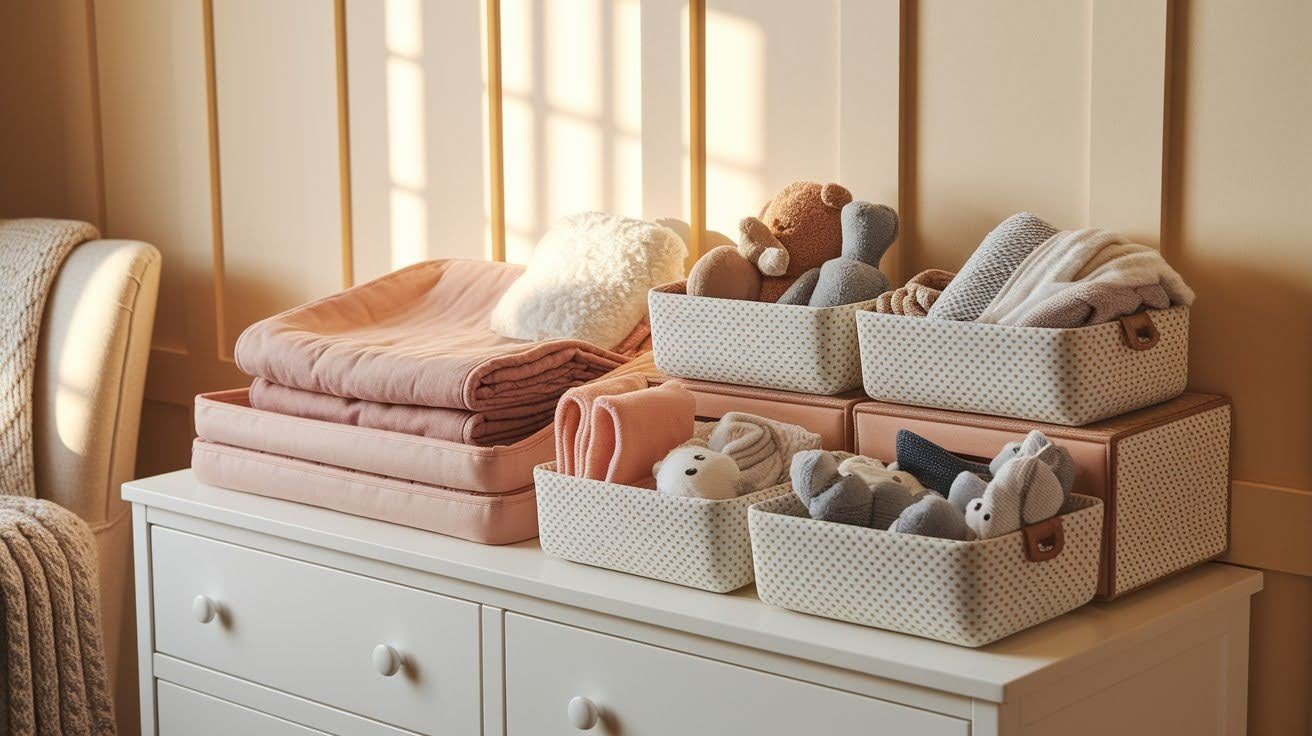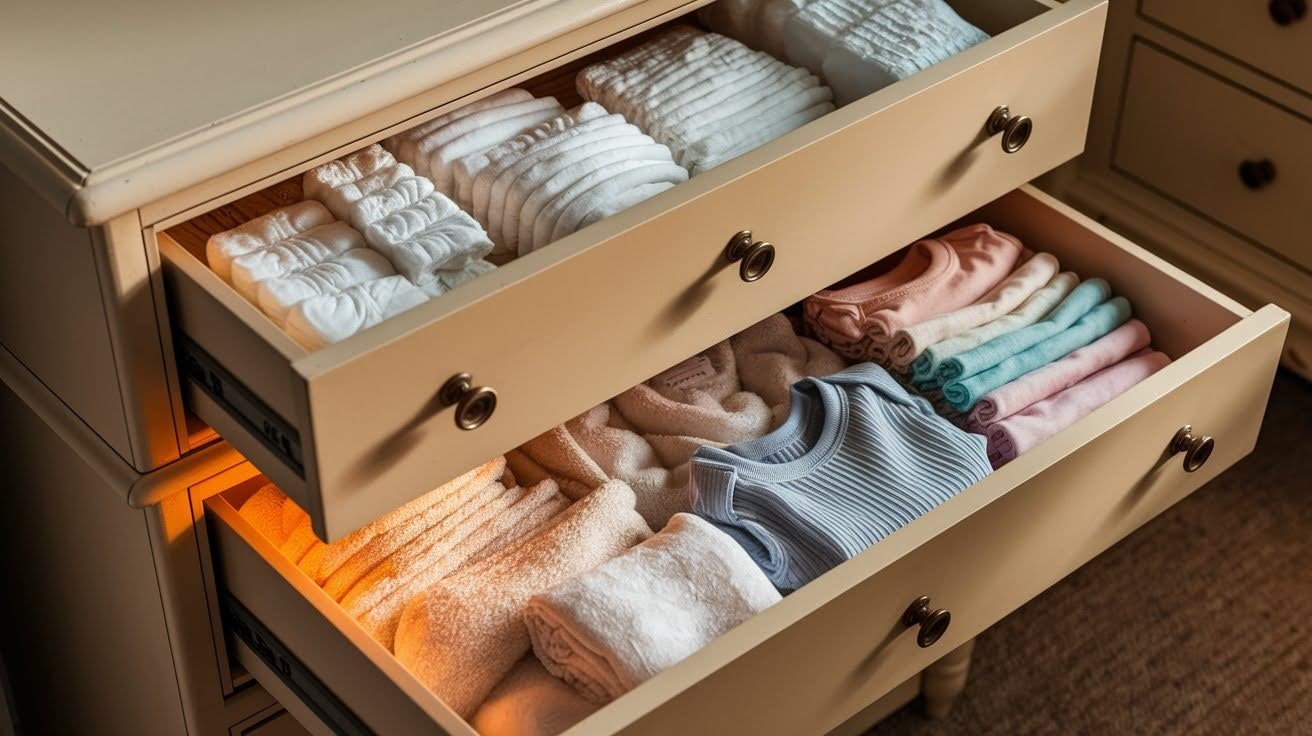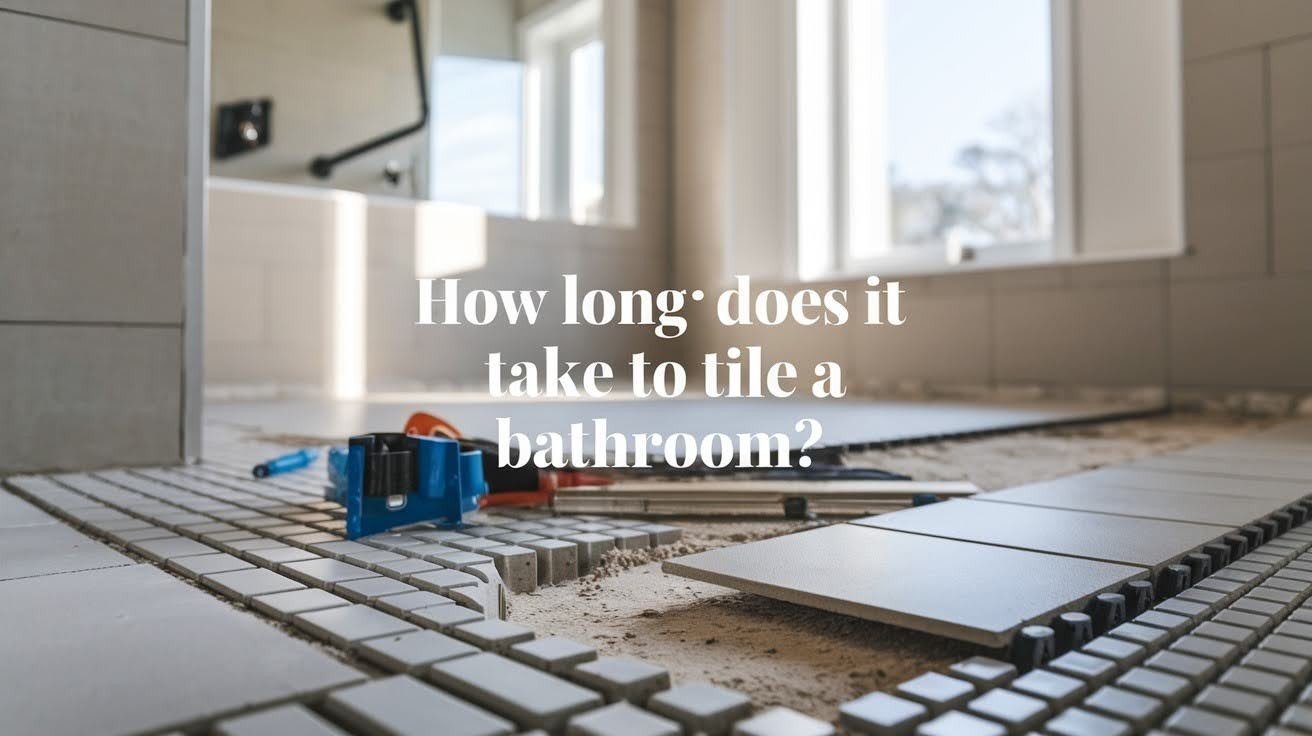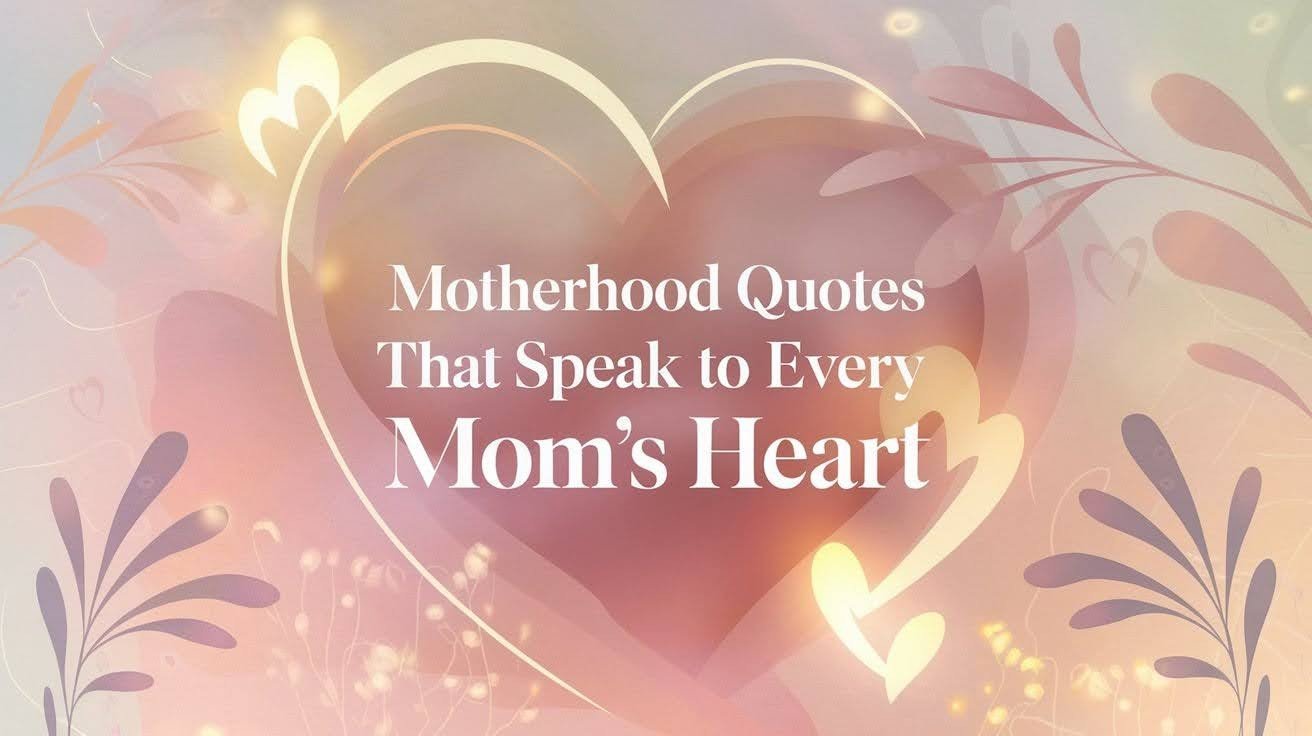New parents face a mountain of baby clothes, diapers, and supplies that can quickly take over their nursery. When your little one needs a fresh outfit at 3 AM, you don’t want to dig through messy drawers looking for the right size onesie.
Good dresser organization saves precious time during those hectic moments when babies need immediate attention. Parents who master organizing baby dresser systems report feeling less stressed and more prepared for daily care routines.
Learning from experienced parents shows that simple, logical systems work better than complex arrangements. The key is creating a setup that makes sense for your daily routine and grows with your baby’s changing needs.
Dresser Organization System
Set up a smart, easy-to-maintain system for your baby dresser to keep essentials accessible, clothes visible, and daily routines stress-free.
Essential Pre-Organization

These steps make it easy to keep baby clothes and supplies neat and ready.
- Choose a dresser that fits your nursery. A dresser with 4 to 6 drawers works well for most families.
- Place a changing pad on top. Keep diapers, wipes, and creams within easy reach.
- Separate clothes by size and type. Wash new items and remove tags before storing.
- Put similar items together. Keep onesies in one drawer, sleepers in another, and small items in a separate space.
- Place the things you use most often in the top drawers. Keep less-used items lower down.
The Drawer-by-Drawer System

Top drawers: Most-used essentials (diapers, wipes, grooming items) Middle drawers: Current-size clothing (onesies, sleepers, outfits)
Bottom drawer: Blankets, burp cloths, swaddle.Storage logic: Frequency of use determines placement
Smart Folding and Storage Techniques

Master these folding methods to maximize your dresser space and keep everything visible.
Rolling clothes instead of traditional folding helps you see all options at once. This method works especially well for onesies, sleepers, and small outfits. Keep similar clothing types together within each drawer so you can quickly grab what you need.
Create sections within drawers for different outfit types. Group day clothes, sleepwear, and special occasion outfits in separate areas. This system makes choosing outfits faster and keeps everything neat.
Plan your layout for quick changes during busy moments. Place complete outfit sets together and keep backup options easily accessible for unexpected messes or size changes.
Advanced Organization Strategies
Take your organizing baby dresser skills to the next level with these proven methods.
Organization Tools and Products
Drawer dividers keep small items from getting mixed together. Adjustable organizers work well as your baby grows and needs change. Label each section so other family members can maintain your system.
Storage baskets help group similar items within larger drawers. Choose clear containers so you can see the contents without opening each one. Use consistent labeling throughout your nursery for easy coordination.
Beyond the Dresser Organization
Use your nursery closet for special occasion outfits and future sizes. Keep everyday items in the dresser while storing dress clothes and seasonal items in the closet. Add storage carts or towers near the dresser for extra supplies.
Create zones around your changing area for maximum efficiency. Keep diaper supplies, clothing, and comfort items in separate but nearby locations. Use wall organizers or small shelves to expand storage without taking floor space.
Maintenance and Adaptation Systems
Set up daily routines to keep your organizational system working. Spend a few minutes each evening restocking supplies and putting clean clothes away properly. Regular maintenance prevents the system from breaking down over time.
Plan for frequent size changes by keeping next-size-up clothes accessible. Store outgrown items immediately to avoid confusion during busy moments. Rotate seasonal items to keep current options visible and organized.
Pro Tips from Real Parents
Learn from experienced parents who have mastered organizing baby dresser systems through trial and error.
- Pacifiers & Small Items: Display pacifiers in small glass jars or labeled containers on top of the dresser for easy access. Bonus: color-code by day or size for faster grabbing.
- Baby Shoes & Accessories: Store shoes upright in small containers so you can see all options quickly. Use a divided tray for socks and mittens to avoid the “lost sock” dilemma.
- Drawer Organization: Use drawer liners for protection and grip. Choose fun patterns or textures that match your nursery theme for a functional, stylish touch.
- Label Everything: Use small labels for each drawer or bin (e.g., “0-3 Months Onesies,” “Diaper Supplies”). Labels help grandparents, babysitters, and partners find things quickly.
- Rolling Bins: Keep a rolling bin nearby for diapers, wipes, and creams, perfect for night-time changes or moving from room to room.
- Growth Spurts & Sizes: Keep larger sizes partially accessible, even if the baby is currently wearing smaller ones. This prevents last-minute shopping panics.
- Flexible Systems: Make your layout adaptable. For example, fold newborn clothes in small bins and switch to larger compartments as the baby grows.
- Seasonal Rotation: Store out-of-season clothes in vacuum bags or separate bins. Rotate seasonally so that only what’s needed is in reach.
- Backup Supplies: Keep extra bibs, burp cloths, and onesies in a “quick grab” section for when emergencies strike.
Conclusion
Good organizing baby dresser systems combine smart planning with simple daily habits. Focus on grouping similar items, placing frequently used supplies within easy reach, and creating clear categories that make sense for your routine.
Your personalized system should work for your space, lifestyle, and family members who help with baby care. Start with basic organization principles, then adjust based on what works best for your specific needs and preferences.
Building sustainable organizational habits takes time but pays off in reduced stress and smoother daily routines. With consistent effort and smart planning, your organized baby dresser will become a valuable tool for efficient childcare that grows with your family.
Frequently Asked Questions
What is the best way to organize a baby dresser?
The best approach is to sort clothes by size and type, place frequently used items in top drawers, use dividers for small items, and roll outfits for visibility. A logical system that adapts to growth makes daily routines easier.
How can I save space in a baby dresser?
Maximize space by rolling clothes, using drawer dividers, and grouping similar items. Store seasonal or future-size clothing in bins or closets. Clear containers help with visibility, and stacking organizers maintain order without cluttering the nursery.
What should go in the top drawer of a baby dresser?
The top drawer should hold most-used essentials like diapers, wipes, and grooming items. Keeping frequently accessed items here ensures quick changes, especially during nighttime or emergencies, reducing stress and making routines more efficient for parents and caregivers.
How do I maintain an organized baby dresser?
Establish a daily routine of restocking supplies, folding clean clothes, and removing outgrown items. Rotate seasonal clothing, update labels, and adjust sections as your baby grows. Regular maintenance prevents clutter from accumulating and keeps the system stress-free.
What tools help with organizing a baby dresser?
Use drawer dividers, storage baskets, clear containers, and labeled bins for small items. Rolling bins for diapers and wipes, adjustable organizers, and wall shelves near the dresser also enhance accessibility and maintain an orderly, functional nursery environment.






